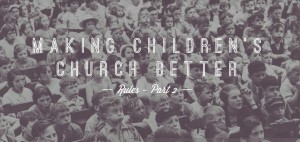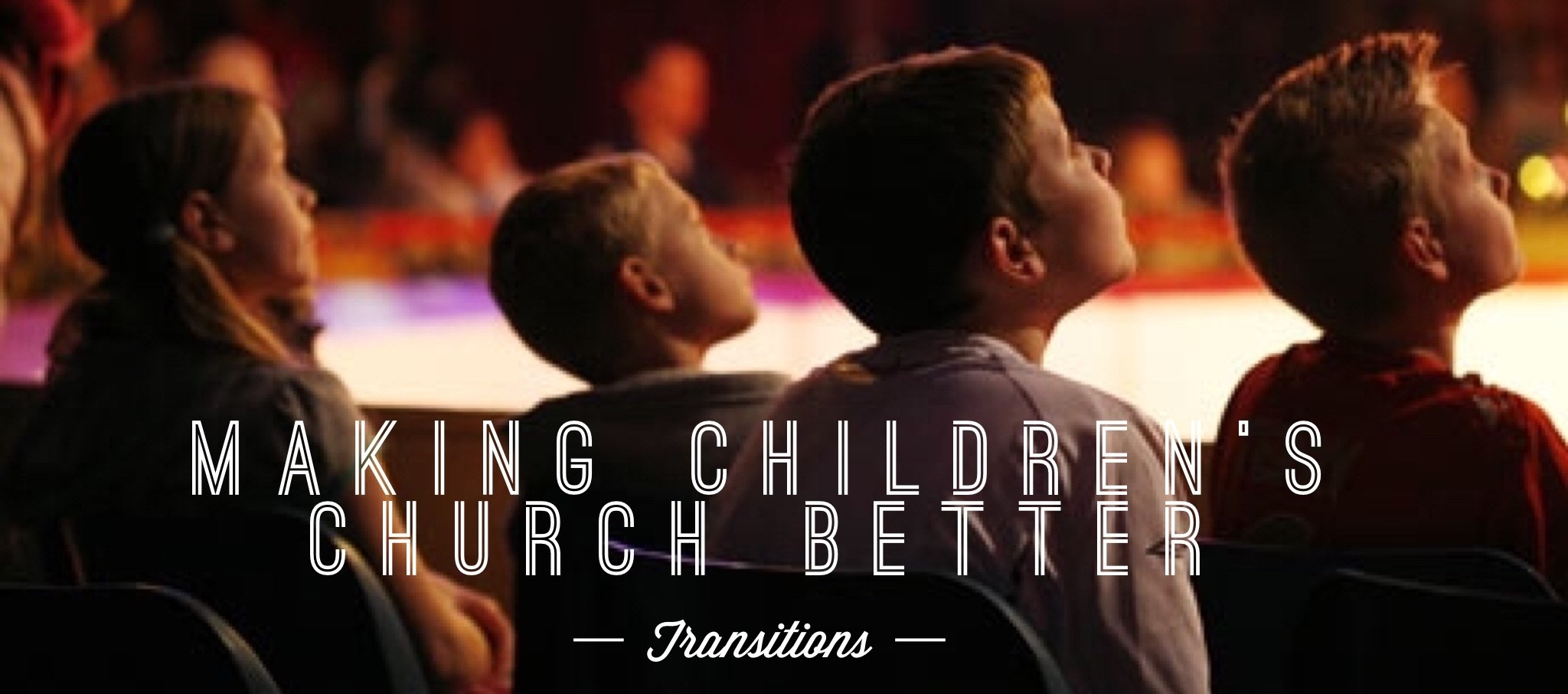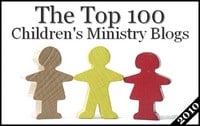If you’re like me (and I know I am), you put a lot of emphasis on teaching kids the Word of God every week – and in some cases, several times or venues a week. For me, I have 4 Kids’ Church large groups on a weekend (one on Saturday Night, 2 on our main campus and I travel between those 2 services to teach/preach at our second campus most weeks) Add to that a Sunday School hour, Wednesday night large groups (of which I’m involved) and Wednesday night small groups. We also have a myriad of classes and services for toddlers and preschoolers and even some teaching time for infants that our wonderful staff on directors and volunteers oversee and participate in.
THERE’S A WHOLE LOT OF TEACHING GOING ON!
That’s why I’ve started a simple “training by e-mail” campaign for our lead teaching staff. Each week I will send out an e-mail to our teaching staff with an encouragement and a tip that just might help them reach new heights. I would like to share those e-mails with you in blog-format each week… if you follow me on twitter, you saw that I did a series of around 15 tips for teaching in kidmin a few weeks ago – these coming blog posts are those tweets elaborated. So, here we go:
Let me encourage you this week as you plan for the upcoming Wednesday or Weekend and give you a pointer that I just know will give you the confidence and in some cases the “know-how”… and if there’s anything I’ve learned in the last few years: INFORMATION is POWERFUL when you APPLY IT.
THIS WEEKS TIP:
 Start preparing early in the week for the upcoming lesson or class time. In other words, if your ministry time was over the weekend, crack open that lesson book or materials on Monday… if your ministry time was on Wednesday; then make Thursday your day to start studying. You don’t have to plan your entire lesson on that day, but at least:
Start preparing early in the week for the upcoming lesson or class time. In other words, if your ministry time was over the weekend, crack open that lesson book or materials on Monday… if your ministry time was on Wednesday; then make Thursday your day to start studying. You don’t have to plan your entire lesson on that day, but at least:
- Read over the lesson
- Know and memorize the key verse
- Look up and read any supporting verses
- And know the main point of the lesson.
Why should you do this? I’m glad you asked!
…When you start early in the week, it gives the Holy Spirit time to be your helper… instead of (gulp) having to work in spite of you. Think about it: all week long as you pray over the materials you’ve read, the Lord will reveal unique teaching ideas, stories you’ve heard or events in your life that you could work into your lesson. As the day of ministry gets closer and you are planning what that class time should look like, instead of saying, “Lord, what am I going to teach?” …you’ll be able to say “Lord, how do I fit all of these ideas into the lesson?”
Try it – I promise it will work. And as always, if you ever need a teaching idea, I’m just an e-mail away and I’m happy to brainstorm with you! I’d better let you go – some of you need to start studying!
Be blessed,
Jamie

 If you’re like me (and I know I am), you put a lot of emphasis on teaching kids the Word of God every week – and in some cases, several times or venues a week.
If you’re like me (and I know I am), you put a lot of emphasis on teaching kids the Word of God every week – and in some cases, several times or venues a week. It Starts When They Walk In…
It Starts When They Walk In… Rules are not a fun subject – but I believe they are necessary!
Rules are not a fun subject – but I believe they are necessary! I still believe that one of the best ways to minister to children is with the “Children’s Church” model.
I still believe that one of the best ways to minister to children is with the “Children’s Church” model.






